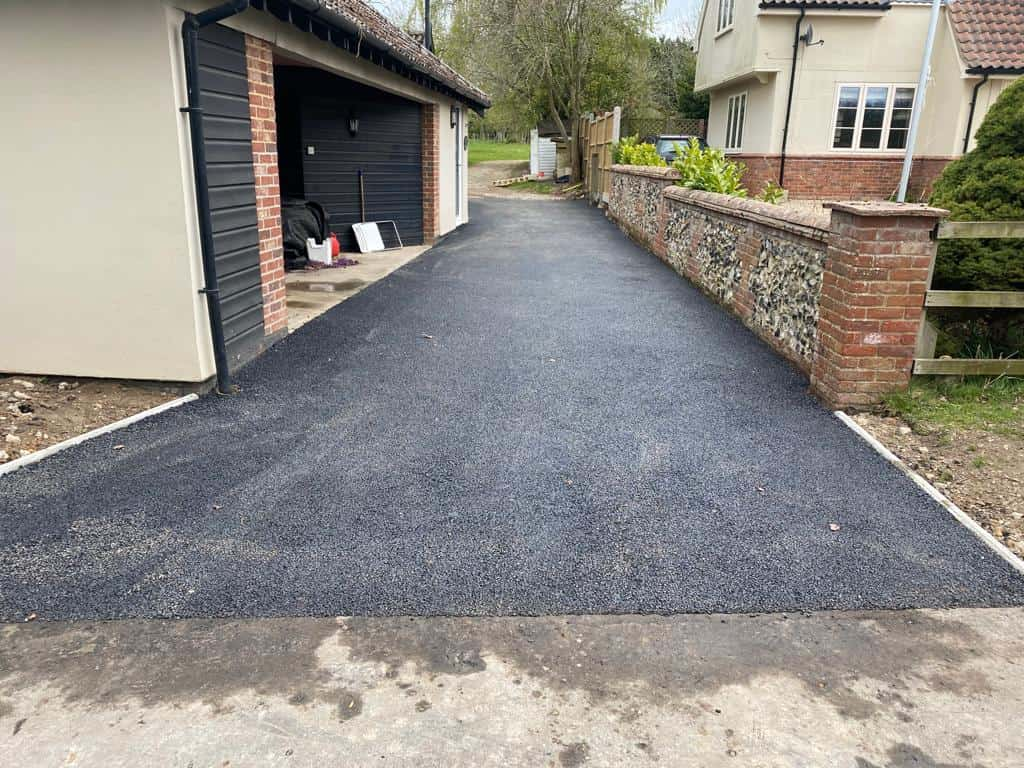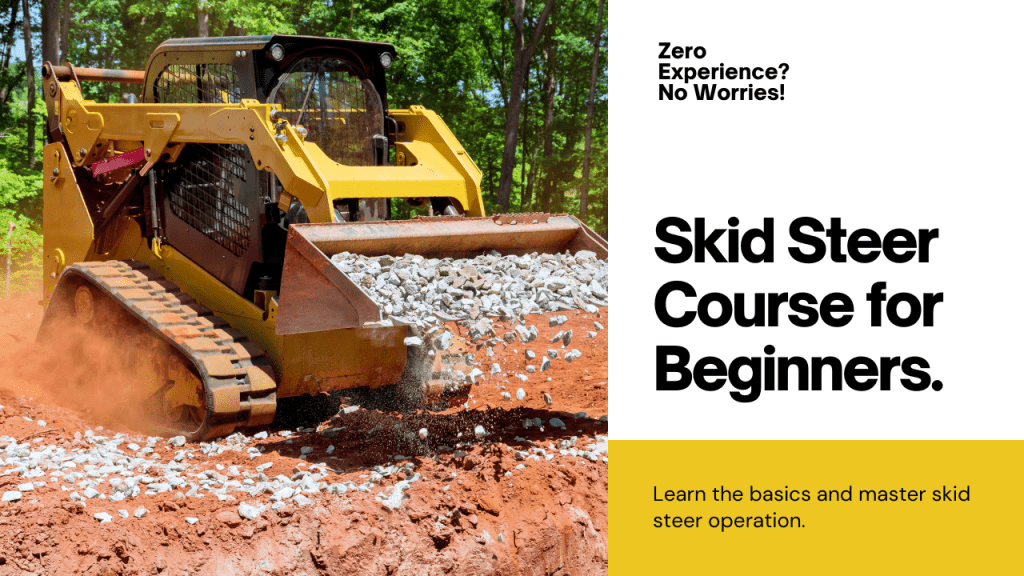
Tarmac works encompass a range of construction activities focused on laying and maintaining tarmac surfaces, primarily used for roads, airport runways, and other paved areas. Tarmac, a durable and versatile material composed of crushed stone, sand, and bitumen, offers exceptional strength, skid resistance, and weather tolerance.
The importance of tarmac works lies in its ability to provide safe, smooth, and long-lasting surfaces for vehicular and pedestrian traffic. Tarmac’s durability withstands heavy loads and adverse weather conditions, ensuring longevity and reducing maintenance costs. Its skid resistance properties enhance safety, particularly in wet or icy conditions. Historically, tarmac works have played a crucial role in the development of modern transportation infrastructure.
The main article topics will delve into the various aspects of tarmac works, including materials, construction techniques, quality control measures, and applications in different sectors. We will explore the benefits and advantages of tarmac surfaces, examining their impact on safety, efficiency, and environmental sustainability. Furthermore, we will provide insights into the latest advancements and innovations in tarmac technologies, ensuring readers gain a comprehensive understanding of this essential construction domain.
1. Materials
The materials used in tarmac works play a critical role in determining the performance and longevity of tarmac surfaces. Tarmac’s unique composition of crushed stone, sand, and bitumen is carefully engineered to provide optimal strength, durability, and skid resistance, making it an ideal material for a wide range of applications.
Crushed stone forms the structural backbone of tarmac, providing strength and stability. The angular shape of the crushed stone particles creates a strong interlocking bond, which resists deformation and cracking under heavy loads. Sand fills the voids between the crushed stone particles, enhancing stability and reducing the likelihood of rutting.
Bitumen, a viscous binder, holds the crushed stone and sand particles together. Itsproperties contribute to tarmac’s flexibility and resistance to cracking. Additionally, bitumen’s water-resistant nature protects the tarmac surface from moisture damage, extending its lifespan.
The combination of these materials results in a tarmac surface that is strong, durable, and skid-resistant, even under challenging weather conditions. This makes tarmac an ideal choice for roads, airport runways, parking lots, and other paved areas that require a safe and reliable surface.
Understanding the importance of materials in tarmac works enables engineers and contractors to select the appropriate materials for specific applications, ensuring the construction of high-performance tarmac surfaces that meet the demands of modern transportation and infrastructure.
2. Construction
The construction phase of tarmac works encompasses a range of techniques that are essential for ensuring the longevity and performance of tarmac surfaces. Proper laying, rolling, and compaction techniques are crucial components of tarmac works, contributing directly to the quality and durability of the final surface.
Laying involves spreading the tarmac mix evenly over the prepared sub-base. This process requires precision and attention to detail to achieve a uniform thickness and avoid any irregularities that could compromise the surface’s integrity. Rolling follows the laying process, using heavy rollers to compact the tarmac mix and eliminate any air voids. This step enhances the density and strength of the surface, increasing its resistance to deformation and cracking.
Compaction is the final stage of construction and involves applying additional pressure to the rolled surface. This process further consolidates the tarmac mix, creating a smooth, even surface with optimal density. Proper compaction ensures the tarmac’s stability and resistance to wear and tear, extending its lifespan and reducing the need for frequent maintenance.
Understanding the significance of proper construction techniques in tarmac works enables engineers and contractors to implement best practices that result in high-quality, long-lasting tarmac surfaces. These surfaces are essential for safe and efficient transportation infrastructure, contributing to the smooth flow of traffic and the overall functionality of roads, airport runways, and other paved areas.
3. Quality Control
Quality control is an integral component of tarmac works, ensuring the quality and consistency of both materials and construction practices. Stringent quality control measures are essential for achieving durable, high-performing tarmac surfaces that meet the demands of modern transportation and infrastructure.
One crucial aspect of quality control in tarmac works is the testing of materials. Aggregates, bitumen, and other materials used in tarmac are carefully tested to verify their compliance with specifications. This testing includes evaluating properties such as gradation, density, and binder content, ensuring that the materials meet the required standards for strength, durability, and skid resistance.
In addition to material testing, quality control also encompasses the monitoring of construction practices. This involves ensuring that proper techniques are followed during laying, rolling, and compaction. Stringent quality control measures, such as regular inspections and testing, are implemented to identify and rectify any deviations from established standards, minimizing the risk of defects or premature failure.
The practical significance of quality control in tarmac works cannot be overstated. By implementing stringent quality control measures, engineers and contractors can ensure that tarmac surfaces meet the intended design specifications and provide optimal performance over their service life. This results in reduced maintenance costs, increased safety for road users, and improved overall satisfaction with the infrastructure.
4. Applications
Tarmac’s versatility is a key characteristic that contributes to its widespread use in various applications. Its durability, skid resistance, and ability to withstand heavy loads make it an ideal choice for a range of paved surfaces, including roads, airport runways, parking lots, and industrial areas.
In the context of tarmac works, the versatility of tarmac plays a significant role in meeting the specific requirements of each application. For roads, tarmac provides a smooth, durable surface that can withstand the constant wear and tear of vehicular traffic. Its skid resistance properties enhance safety, particularly in wet or icy conditions. Airport runways demand a surface that can handle the heavy loads and stresses of aircraft landings and take-offs. Tarmac’s strength and durability make it well-suited for this purpose.
Parking lots and industrial areas also benefit from tarmac’s versatility. Its resistance to heavy loads and ability to withstand chemical spills and abrasion make it an ideal choice for these applications. Additionally, tarmac’s low maintenance requirements and long lifespan contribute to its cost-effectiveness.
Understanding the connection between tarmac’s versatility and its applications is crucial for engineers and contractors involved in tarmac works. By selecting the appropriate type of tarmac mix and construction techniques, they can create surfaces that meet the specific demands of each application, ensuring optimal performance and longevity.
5. Maintenance
Maintenance plays a crucial role in tarmac works, ensuring the longevity and optimal performance of tarmac surfaces. Regular maintenance practices, such as crack sealing and resurfacing, contribute significantly to extending the lifespan of these surfaces and maintaining their structural integrity.
- Crack Sealing: Cracks, if left unattended, can propagate and compromise the structural integrity of tarmac surfaces. Crack sealing involves filling these cracks with specialized materials to prevent water and debris from penetrating the surface, thereby preventing further deterioration and extending the surface’s lifespan.
- Resurfacing: Resurfacing involves applying a new layer of tarmac over the existing surface. This process is employed when the surface has undergone significant wear and tear or when its skid resistance has diminished. Resurfacing restores the surface’s smoothness, skid resistance, and structural integrity, enhancing its safety and extending its lifespan.
Regular maintenance, including crack sealing and resurfacing, is essential for preserving the investment made in tarmac works. By proactively addressing potential issues and restoring the surface’s condition, these maintenance practices minimize the need for costly repairs or premature replacement, ultimately extending the lifespan of tarmac surfaces and ensuring their continued performance.
FAQs on Tarmac Works
This section addresses frequently asked questions related to tarmac works, providing informative answers to common concerns or misconceptions.
Question 1: What is the composition of tarmac?
Tarmac is composed primarily of crushed stone, sand, and bitumen. Crushed stone provides strength and stability, sand fills voids, and bitumen binds the components together, resulting in a durable and skid-resistant surface.
Question 2: What is the difference between tarmac and asphalt?
While often used interchangeably, tarmac and asphalt have subtle differences. Tarmac typically contains a higher proportion of crushed stone and a harder grade of bitumen, making it more durable and suitable for heavy-duty applications such as roads and airport runways.
Question 3: How long do tarmac surfaces typically last?
The lifespan of tarmac surfaces varies depending on factors such as traffic volume, weather conditions, and maintenance practices. With proper maintenance, including regular crack sealing and resurfacing, tarmac surfaces can last for several decades.
Question 4: What are the benefits of using tarmac for paving?
Tarmac offers numerous benefits, including durability, skid resistance, resistance to deformation, and low maintenance requirements. It is also versatile and can be used for a wide range of applications, from roads to airport runways and parking lots.
Question 5: How is tarmac laid and compacted?
Tarmac is typically laid using a paving machine, which spreads the material evenly over the prepared sub-base. It is then compacted using heavy rollers to achieve optimal density and strength.
Question 6: What maintenance is required for tarmac surfaces?
Regular maintenance is essential to extend the lifespan of tarmac surfaces. This includes crack sealing to prevent water penetration, resurfacing to restore smoothness and skid resistance, and occasional deep cleaning to remove accumulated dirt and debris.
These FAQs provide a deeper understanding of tarmac works, addressing common concerns and highlighting the advantages and maintenance requirements of tarmac surfaces.
Transition to the next article section: Tarmac works play a vital role in modern infrastructure, offering durable and reliable surfaces for roads, airport runways, and various paved areas. Understanding the composition, benefits, and maintenance of tarmac surfaces is crucial for engineers, contractors, and anyone involved in the construction and maintenance of transportation infrastructure.
Tarmac Works Tips
Tarmac works encompass a range of activities focused on laying and maintaining tarmac surfaces. These tips provide valuable insights to enhance the quality and longevity of your tarmac works projects.
Tip 1: Material Selection and Testing
Selecting high-quality materials is crucial for durable tarmac surfaces. Conduct thorough testing of aggregates, bitumen, and other materials to ensure compliance with specifications and suitability for the intended application.
Tip 2: Proper Construction Techniques
Follow recommended construction techniques for laying, rolling, and compacting tarmac. Ensure uniform thickness, proper compaction, and adherence to industry standards to achieve optimal surface quality and performance.
Tip 3: Effective Drainage
Incorporate proper drainage systems to prevent water accumulation on tarmac surfaces. This reduces the risk of surface damage, cracking, and premature deterioration, extending the lifespan of the pavement.
Tip 4: Regular Maintenance and Inspection
Regular maintenance, including crack sealing and resurfacing, is essential for preserving tarmac surfaces. Conduct periodic inspections to identify and address any potential issues promptly, preventing minor defects from escalating into major problems.
Tip 5: Sealcoating and Surface Treatments
Applying sealcoats or other surface treatments can enhance the durability and appearance of tarmac surfaces. These treatments provide additional protection against wear, oxidation, and UV damage, extending the surface’s lifespan.
Tip 6: Load Management and Traffic Control
Manage traffic loads and implement weight restrictions to prevent premature damage to tarmac surfaces. Enforce adherence to designated routes for heavy vehicles and avoid excessive overloading to preserve the integrity of the pavement.
Tip 7: Skilled Workforce and Equipment
Employ a skilled workforce and utilize well-maintained equipment for tarmac works. Proper training, experience, and appropriate equipment ensure the efficient execution of construction and maintenance activities, leading to high-quality tarmac surfaces.
Tip 8: Environmental Considerations
Consider environmental factors and implement sustainable practices during tarmac works. Use recycled materials, minimize waste, and employ techniques to reduce noise and dust pollution, ensuring minimal environmental impact.
Following these tips can significantly improve the quality, durability, and longevity of tarmac works projects. By adhering to best practices and incorporating innovative techniques, you can create and maintain high-performing tarmac surfaces that meet the demands of modern transportation infrastructure.
Tarmac Works
Tarmac works, encompassing the construction and maintenance of tarmac surfaces, play a pivotal role in modern infrastructure. Tarmac’s durability, skid resistance, and versatility make it ideal for a wide range of applications, from roads and airport runways to parking lots and industrial areas.
Understanding the materials, construction techniques, and maintenance practices involved in tarmac works is essential for achieving high-quality, long-lasting surfaces. By implementing best practices, incorporating innovative technologies, and adhering to environmental considerations, we can create and maintain tarmac surfaces that meet the demands of modern transportation and infrastructure. Tarmac works are not merely about laying asphalt; they represent a commitment to safety, efficiency, and progress.



